An Introduction to the Remarkable Russian Tortoise
The Russian tortoise, also known as the Afghan tortoise, Horsfield’s tortoise, or Central Asian tortoise, is a captivating reptile that holds a special place in both the natural world and the hearts of reptile enthusiasts. These hardy creatures are masters of adaptation, surviving in some of the harshest environments on Earth. This guide delves into the fascinating life of the Russian tortoise, covering its habitat, behavior, diet, reproduction, and more. Whether you’re a budding zoologist, a concerned hiker, or simply an animal lover, this comprehensive overview will provide valuable insights into this incredible species.

Habitat and Distribution
Russian tortoises are native to Central Asia, encompassing countries like Russia, Kazakhstan, Uzbekistan, Turkmenistan, Afghanistan, Iran, and parts of China. Their natural habitat is incredibly diverse, ranging from arid deserts and steppes to rocky hillsides and semi-desert environments. They thrive in areas with hot, dry summers and cold, snowy winters. This remarkable resilience is key to their survival.
These tortoises prefer grasslands and areas with sparse vegetation, seeking shelter under shrubs, rocks, and burrows – often those abandoned by other animals. Their distribution is not uniform; populations are fragmented due to habitat loss and other environmental pressures. They demonstrate a preference for loess and clay-rich soils which are conducive to burrowing.
Evolutionary History
The evolutionary journey of the Russian tortoise traces back millions of years to the ancient ancestors of modern tortoises. While pinpointing the exact origins is challenging, paleontological evidence suggests that tortoise-like reptiles existed during the Triassic period. The lineage leading to Testudo horsfieldii diverged from other tortoise groups over time, adapting specifically to the challenging Central Asian climate.
Fossil records reveal that these tortoises have undergone significant morphological and physiological changes to survive in extreme temperatures and limited water availability. Their ability to aestivate, a summer dormancy similar to hibernation, and enter a prolonged winter sleep are hallmarks of their evolutionary success.
Physical Characteristics
Russian tortoises are relatively small, typically reaching lengths of 8 to 10 inches (20 to 25 centimeters) and weighing between 2 to 5 pounds (0.9 to 2.3 kilograms). Their carapace (upper shell) is generally oval-shaped and a mottled brown or gray color, providing excellent camouflage in their natural habitat. The plastron (lower shell) is often a lighter shade of yellow or tan.
A distinctive feature of the Russian tortoise is its sturdy, scale-covered legs and feet, well-adapted for digging and traversing rocky terrain. They also possess a small, beak-like mouth used for shearing through vegetation. Their eyes are positioned on the sides of their head, providing a wide field of vision.
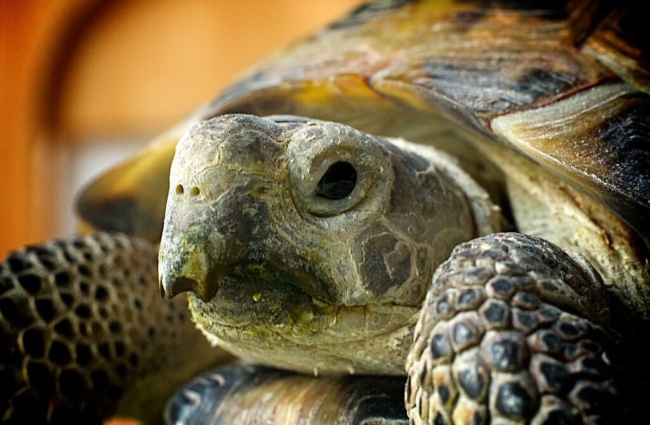
Diet and Feeding Habits
Russian tortoises are primarily herbivores, with a diet consisting of grasses, wildflowers, leaves, and succulent plants. They exhibit a preference for high fiber, low protein foods, which aid in digestion and maintain gut health. In the wild, their diet varies seasonally, depending on the availability of vegetation.
These tortoises are opportunistic feeders, grazing throughout the day and selectively choosing palatable plants. They obtain most of their water from the plants they consume, but will also drink from puddles or dew-covered vegetation when available. Providing a diverse diet is crucial for maintaining their health in captivity, as a monotonous diet can lead to nutritional deficiencies.
Reproduction and Life Cycle
The mating season for Russian tortoises typically occurs in the spring, after they emerge from hibernation. Males will often engage in elaborate courtship displays, including ramming and chasing females. Fertilization is internal, and females can lay clutches of 3 to 6 eggs.
Eggs are typically laid in a shallow nest dug into warm, sandy soil. Incubation lasts for approximately 60 to 120 days, depending on temperature. Hatchlings are miniature versions of their parents, measuring around 1 to 2 inches in length. They are precocial, meaning they are relatively independent from birth, but still require protection from predators and harsh weather conditions. Russian tortoises have a relatively long lifespan, often exceeding 50 to 100 years in captivity.
Ecological Role and Interactions
Russian tortoises play an important role in their ecosystem, contributing to seed dispersal and nutrient cycling. Their grazing helps to maintain grassland health and prevent overgrowth of vegetation. They also serve as a food source for predators such as foxes, birds of prey, and snakes.

They often coexist with other tortoise species and reptiles, sharing habitats and resources. Competition for food and shelter can occur, but they generally maintain a peaceful coexistence. Their burrows are also utilized by other small animals seeking refuge from the elements.
Human Interactions and Conservation Status
Russian tortoises are popular pets, and their demand in the pet trade has unfortunately contributed to population declines in the wild. Habitat loss due to agriculture, urbanization, and overgrazing also poses a significant threat. They are listed as Vulnerable by the International Union for Conservation of Nature (IUCN), indicating that they face a high risk of extinction in the wild.
Conservation efforts include habitat restoration, combating illegal trade, and promoting sustainable land management practices. Responsible pet ownership, such as avoiding the purchase of wild-caught individuals and providing proper care, is also crucial for protecting this remarkable species.
Encountering a Russian Tortoise in the Wild
If you are fortunate enough to encounter a Russian tortoise in the wild, it is important to observe it from a distance and avoid disturbing its natural behavior. Do not attempt to pick it up or move it, as this can cause stress and potentially harm the animal. If the tortoise appears injured or in distress, contact a local wildlife rehabilitation center for assistance.
Caring for a Russian Tortoise in Captivity
Providing proper care for a Russian tortoise in captivity requires a significant commitment. A spacious outdoor enclosure with access to sunlight, a varied diet of appropriate vegetation, and a temperature-controlled environment are essential. Regular veterinary checkups, proper hydration, and enrichment activities are also crucial for maintaining the tortoise’s health and well-being. Avoid overfeeding, as obesity is a common problem in captive tortoises.
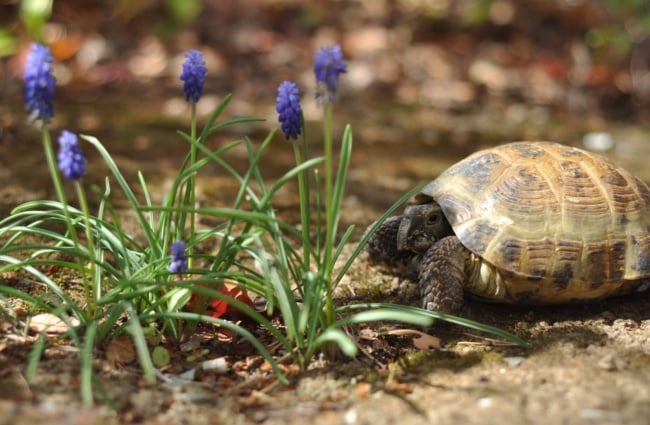
Intriguing Facts About Russian Tortoises
- Russian tortoises can survive for extended periods without food or water, entering a state of dormancy to conserve energy.
- They have an excellent sense of smell, which they use to locate food and identify potential mates.
- Their shells are covered in keratin, the same material that makes up human fingernails.
- Russian tortoises are known for their digging abilities, creating burrows that provide shelter from the heat and cold.
- They can live for over 100 years, making them one of the longest-lived land animals.
Conclusion
The Russian tortoise is a truly remarkable creature, adapted to thrive in one of the world’s most challenging environments. Its resilience, longevity, and unique characteristics make it a fascinating subject for study and a valuable part of the Central Asian ecosystem. By understanding its biology, behavior, and conservation needs, we can help ensure that this incredible species continues to flourish for generations to come.
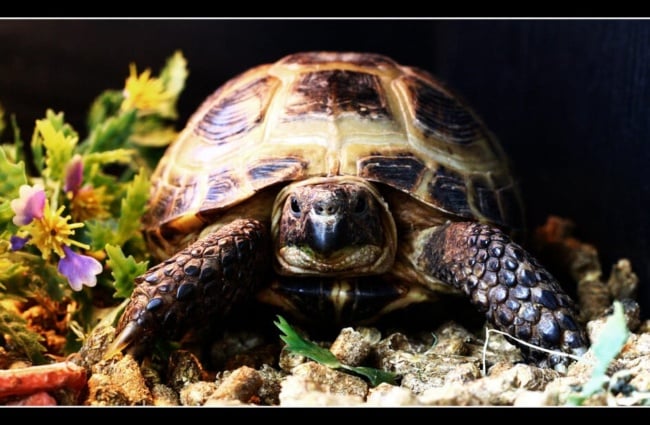

![Red Angus Closeup of a beautiful Red Angus cowPhoto by: U.S. Department of Agriculture [pubic domain]https://creativecommons.org/licenses/by/2.0/](https://animals.net/wp-content/uploads/2020/03/Red-Angus-4-238x178.jpg)
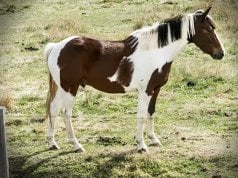
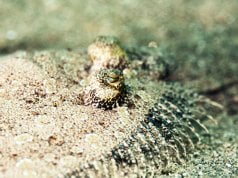
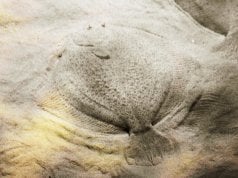
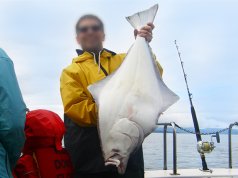
![Red Angus Closeup of a beautiful Red Angus cowPhoto by: U.S. Department of Agriculture [pubic domain]https://creativecommons.org/licenses/by/2.0/](https://animals.net/wp-content/uploads/2020/03/Red-Angus-4-100x75.jpg)

